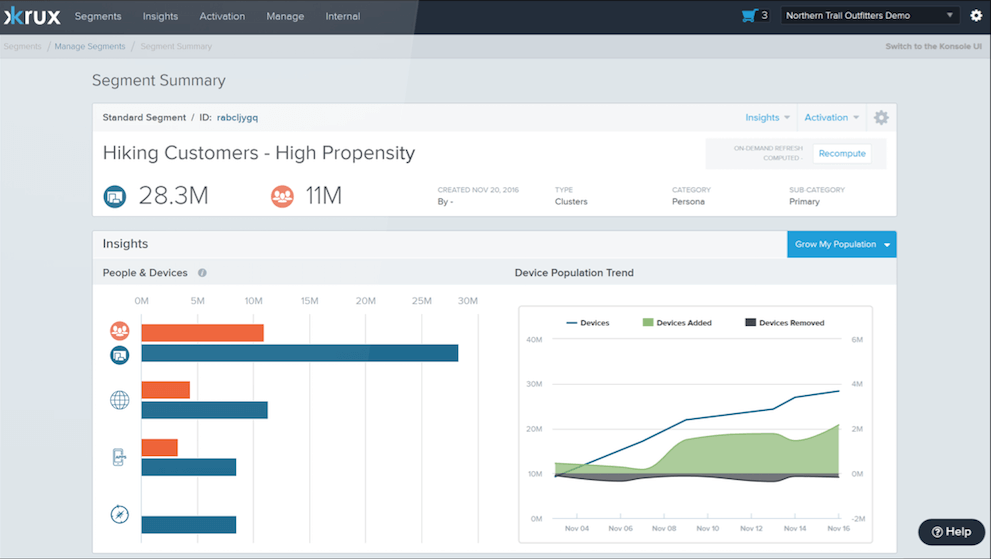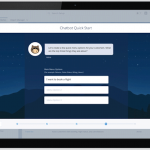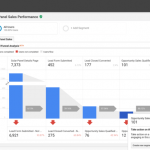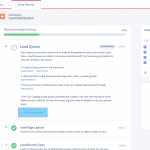Salesforce moves beyond first-party data with Krux integration
The CRM/marketing giant unveils several new features for its Marketing Cloud that incorporate its recently purchased data management platform.
In October, Salesforce announced it was buying data management platform (DMP) Krux.
Today, the CRM/marketing giant unveiled the addition of three new features to its Marketing Cloud that result from the integration of that acquisition. Every month, Krux collects over 200 billion data points, interacts with over three billion browsers and devices and handles over 200 billion personalized experiences.
One new feature is improved ad management across channels, such as the ability to determine the best ad frequency or total number of ads to reach a given segment of customers. When the cap is reached, those ads stop.
VP of Product Leslie Fine told me that previously, the Salesforce platform didn’t have its own cross-device graph to track unlogged-in users across multiple devices, like a laptop, a tablet and a smartphone.
That meant the platform couldn’t determine if the same user saw the same ad within a given period of time on several devices, unless that user was logged into a client’s platform on all devices. Now, Salesforce can.
A second post-Krux feature: ad targeting using data from any of Salesforce’s clouds or any source. Before, Fine said, the targeting used Salesforce’s first-party data from its customer relationship management (CRM) system. Now, through Krux, it can employ any first- , second- or third-party data, from any source.
For instance, the company said, a client using its platform can now automatically stop delivering ads to a customer who, according to Salesforce’s Service Cloud data, has a pending customer service case and doesn’t necessarily want to hear about more products from that brand.
Finally, Krux is able to provide more complete data to Salesforce Marketing Cloud’s Journey Insights dashboards, which are powered by the platform’s new Einstein artificial intelligence layer. This includes data that wasn’t previously available to the dashboards but that Krux has, like responses to ads, website visitor stats or third-party lookalike data. Here’s a screen showing Krux data in an Insights dashboard:
One example of using this additional data, Fine said, is that the dashboards can now provide a more complete depiction of what events and sequence of marketing efforts create the most effective route to a sale. For instance, the Insights dashboard may show that, for a given segment of users, a video ad plus two display ads — in that order and at some intervals — is the best combo.
Marketing Land – Internet Marketing News, Strategies & Tips
(41)
















